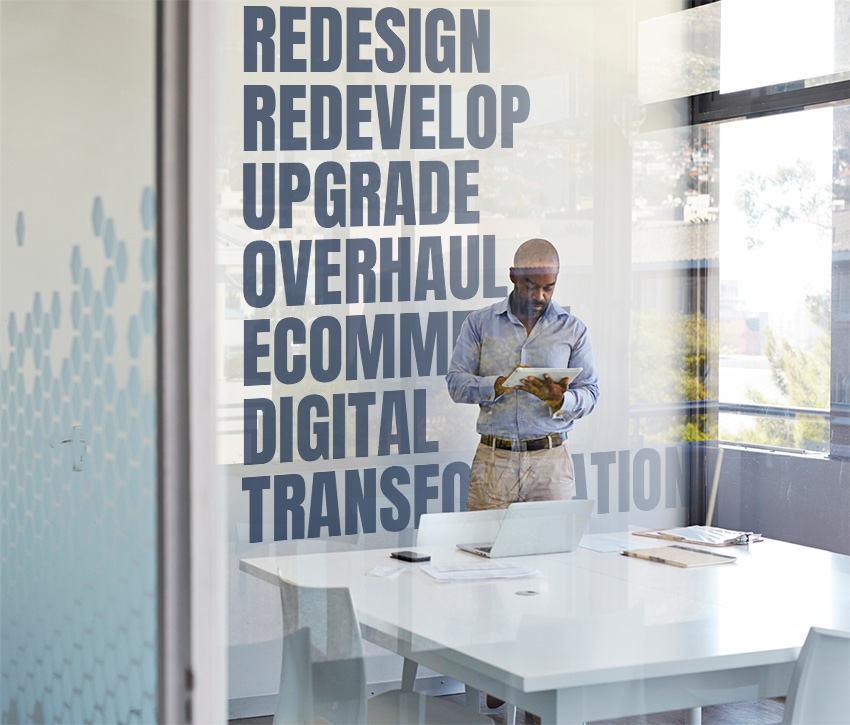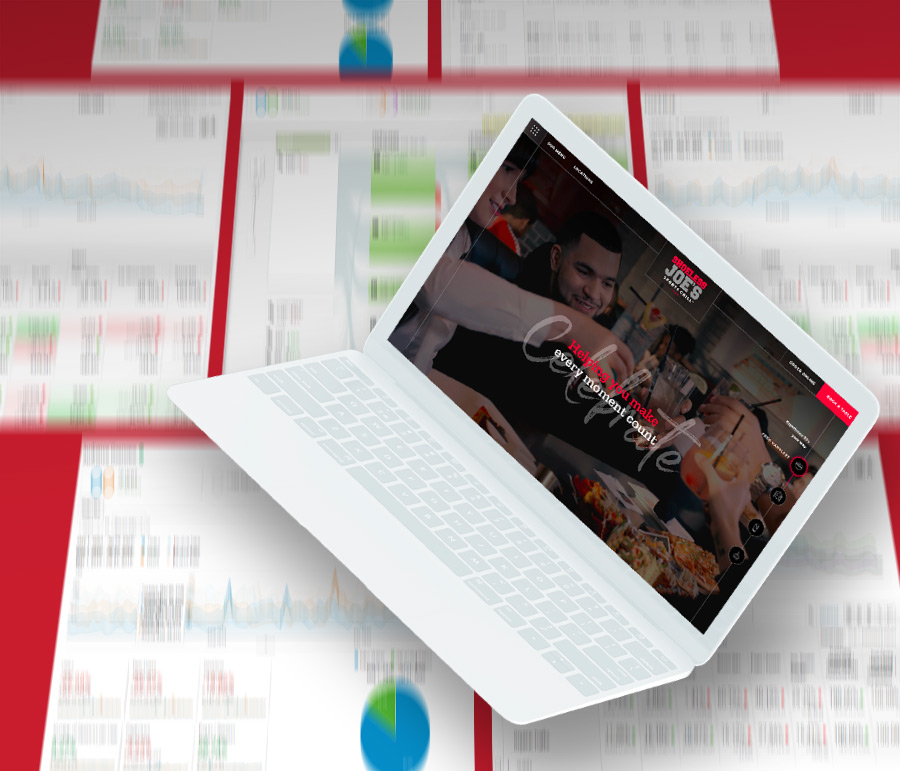Re-evaluating Your Website Needs in the COVID Era
BY ITW Consulting
Ideas, Web Design and Development

As we slowly get back to our normal routine at ITW, we’re also coming to grips with the wide-ranging effects to the pandemic on businesses of all sizes. That includes us, but also our clients—a diverse group of restaurant franchises, staffing agencies, manufacturing companies, educational institutions and more.
It’s a sad reality that many viable, well-run businesses will struggle to bounce back, while others have already closed their doors for good.
At the same time, we’ve seen many businesses adapt on the fly—from radically changing their offering to going fully digital. Their ability to survive is inspiring.
Time to rethink digital strategy
We’ve been taking time to rethink our marketing approach and how we want to connect with new clients (and reconnect with current ones). Other companies are probably rethinking their digital presence too, whether it means getting active on social media, partnering with a delivery app or creating a new website.
We can’t really help you with the first two, but if you’re on the fence about whether it’s time for a new website, here a few things that may help you decide.
1. See what the data says
By now, you’ve probably got some form of analytics to track user behavior on your website (and if you don’t, better late than never). Even basic information such as where visitors are coming from and how long they spend on the site can tell you whether your current website is working for you.

What does it all mean? Website analytics can be overwhelming, but a few basic metrics may be all you need.
If you have lots of historical data, you can spot any downward trends that might suggest your website is not keeping up with user trends and preferences (for example, poor performance on mobile devices, or longer page load times resulting in a higher bounce rate).
Statistics can be deceiving, so it’s always better if you can view things in historical context, such as year-over-year.
But the most useful metric will probably be conversion goals. This can include anything from a purchase on an ecommerce site, to an inquiry form submission or whitepaper download.
These interactions tend to bring some kind of value to your business, whereas more visitors and pageviews are nice for your ego, but don’t do much for the bottom line.
Key takeaway: “If it ain’t broke, don’t fix it.”
2. Look for time-saving opportunities
Over the years we’ve received a lot of requests from clients who want to make things easier for themselves or their staff. In a common scenario, staff are spending way too much time fielding phone calls from customers, or responding to online inquiries, or doing a lot of tedious manual work that could be streamlined.
Solving this kind of problem could be as simple as adding an FAQ page to cut down on time spent responding to questions. Or it could be more complicated, such as developing a software application that reduces tasks to a single click and introduces various forms of automation.
Simply put, time spent on manual tasks is time taken away from more productive tasks. As a business owner or manager, you have to wonder whether it’s the most cost-effective use of company time.
Could a website or software application handle those tedious tasks instead?
Would your customers prefer a self-service option, one that’s available 24/7?
A simple website upgrade might be all you need to reduce the administrative burden and get the most out of your team.
Or, as we’ve seen in other cases, building a digital solution from the ground up with smart workflows is the better long-term route.
Key takeaway: Repetitive, manual tasks could be costing you more in the long run than investing in a digital solution. Technology—from minor website upgrades to an online shop to a full-scale digital transformation—should help you work smarter, not harder.
3. Remember that people judge books by their covers
A website is often the customer’s first exposure to a brand. And as you probably know from personal experience, that website has only a few seconds to make a good impression on you.
When we redesign a website, the client will often cite poor design as a big motivator for going in a new direction.
The unfortunate reality is that websites are subject to trends just like fashion. And as with fashion, these trends are driven by the biggest players (in this case, Apple).
On a positive note, you won’t need a new website every season. But a website that hasn’t been updated in years will take on an outdated look, which can drag your brand down with it.
In other words: if you don’t care enough about your website to keep it up to date, what does it say about your products or services?
On a cosmetic level, perception is influenced by several factors, including:
Colour – Colours and pallets go in and out of style. These days, we see a lot of soft, earthy tones, as well as gentle-looking pastels. The use of colour in a website is usually governed by brand guidelines, but the designer still has a lot of responsibility here.
Typography – Just a few years ago, sans-serif typefaces were all the rage (particularly Helvetica). More recently, we’ve seen an explosion of handwritten, custom and serif typefaces. What does a generic web font say about your brand? Upgrades in CSS capabilities have also given web designers more freedom in displaying text.
Imagery – Overly stocky images are a clear sign of laziness. Although you may not have the budget for custom photography, choosing the right imagery is more important than ever as people spend less time reading online. Likewise, brands are starting to reevaluate their photos and illustrations in the context of important cultural movements like Black Lives Matter. Customers should be able to identify with the people they see on your website. Could your use of imagery be more inclusive?
Layout – Layout tends to resonate on a more subconscious level, but that doesn’t mean it’s not important. Tight, cluttered layouts with dense content tend to turn off users, who associate this with spam and low trust. Don’t be afraid of whitespace and saying more with less.
Key takeaway: If your website looks outdated, customers may perceive your brand in a negative light.
As your business navigates the months ahead (hopefully with some level of certainty and stability), it’s a good opportunity to reevaluate your online presence. Is your website doing as much for your business as it could? Do the long-term gains from a new website outweigh the short-term costs?
Maybe. Maybe not.
But if you’re not sure, it doesn’t hurt to explore your options and talk to someone who can give you an honest opinion.
